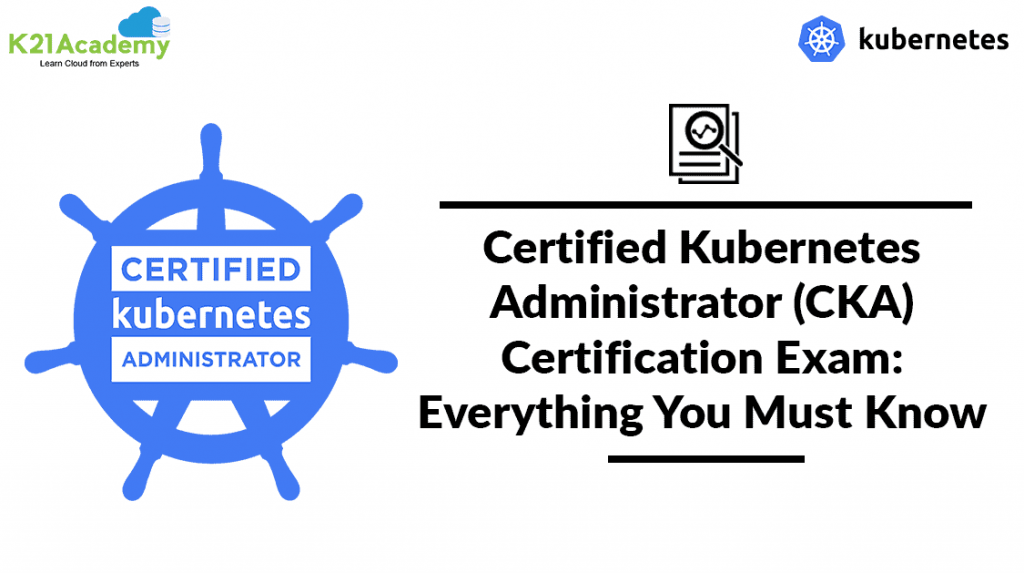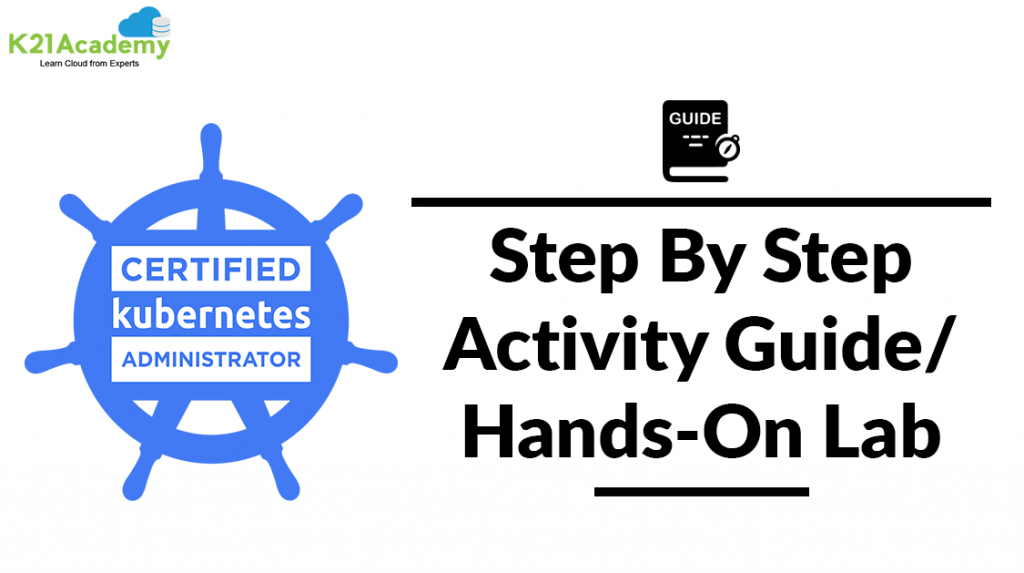We can write our own routing rules, which are implemented in seconds, and these rules also can be utilized in the application source code.
Furthermore, endpoints like REST-APIs, static content, and dynamic web front ends may all be accessed via one IP address, potentially serving content for multiple domain names. This is often precisely what Ingress does, and this is often where it excels.
➤ What Is Ingress
Ingress is an API resource that gives us an easy means of describing HTTP and HTTPS routes from outside the cluster to services inside the cluster.
➤ Ingress Components
➥ Ingress Resource: Ingress Resource is a Kubernetes resource that specifies ingress controller rules for routing incoming traffic.
➥ Ingress Controller: A Kubernetes Ingress controller is a load balancer designed specifically for Kubernetes environments. For managing containerized systems, Kubernetes has become the de-facto standard.
➥ Default Backend: Default Backend is a small application that simply intercepts traffic for which no applicable rules have been specified through ingress resources and displays a 404 page.
To know more, check this blog at k21academy.com/kubernetes51 and know it all.
If you are an Admin, Architect, or Tester, then attend the FREE Class for Docker & Kubernetes Administrator (CKA) 👉 K21academy.com/kubernetes02



